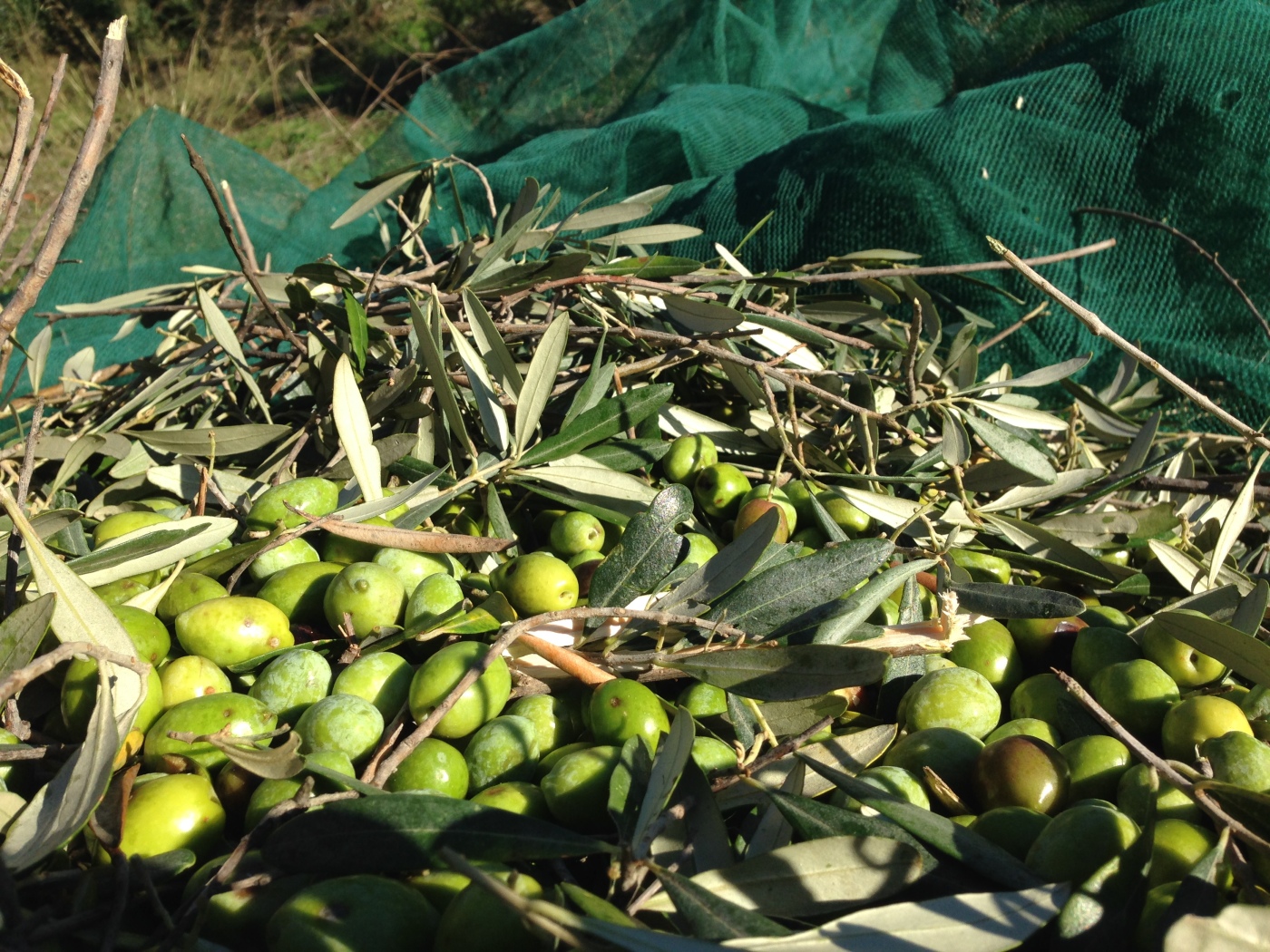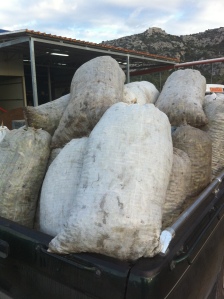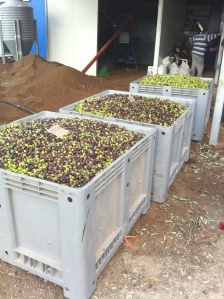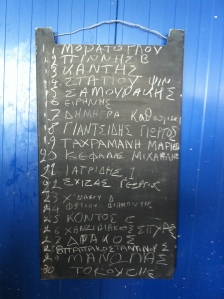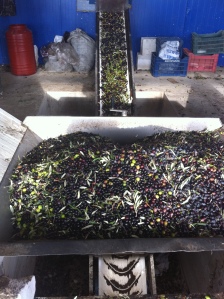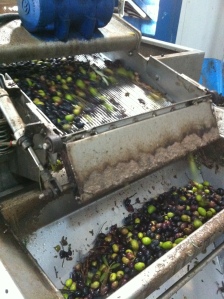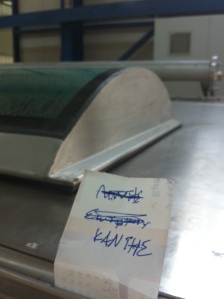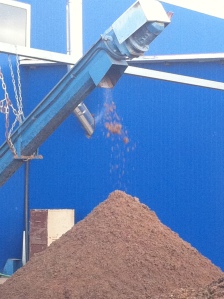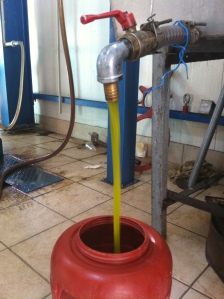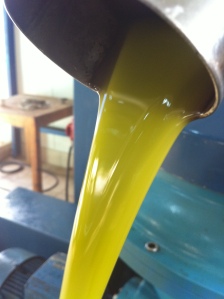I live on the beautiful Greek island of Rhodes. We soak up an average of 300 sunny days per year. Today is not one of them.
Normally this wouldn’t bother me: but today we need to harvest our olives. This means 100 trees, spread out over 10 different pieces of land around the village.
You probably have some romantic image in your head. Simple, hardy folk out in their sunny olive groves. The happy chattering and laughter between generations of family. A head scarfed ‘Yia Yia’ (grandmother) happily looking on as her grandchildren chase each other through the trees. An olive laden donkey. Hmmm.
We’ll squash into a smelly pick-up or sit perched in the truck bed, sat on the oily nets and sacks of olives. At each piece of land we’ll pick up the fallen olives, then lay the nets to catch the ones we’ll bash from the trees.
We arrive at the first piece of land and peel ourselves out of the truck; my mother in law trundles off with her bucket. She surveys her kingdom, casting her experienced eye over the trees, deciding which ones are worth harvesting. That would be all of them. My mother in law never leaves so much as an olive pit behind.
The clouds gather above us and the sky darkens. My teenage daughters look daggers at me through bleary, sleep-smudged eyes. ‘We’re staying in the car’ they tell me, huddling into their coats with just one bare hand braving the elements. To hold their phones. Obviously.
‘Shall we start here?’ It’s phrased as a question, but my mother in law isn’t asking. She squats and fishes out olives from between the stones and thistles. I squat down beside her and do the same. Now and then I check what she’s doing to make sure I’m doing it right. This will be the 17th year that I have collected olives. I’ll keep checking until she’s dead.
My husband and brother in law start to unload equipment, unraveling the huge nets and the long poles, (Vitses) which we use to shake the olives from the branches.
We are done under the first tree. My mother in law does a sweep over the area I covered, just in case I missed one. The nets go down and the boys move in, brandishing their long sticks and thwacking the branches. The olives rain down.
My mother in law is sending my husband up the tree with a chain saw. There is a branch we can’t reach with the vitses. No, she won’t ‘leave them for the birds’.
We sit down on the nets and separate the olives from the leaves and twigs. This is my favourite part. I love digging my hands into the piles of olives, turning them to bring up the debris.
The olives look good, firm and oval. I squeeze one and my mother in law nods in approval as the liquid oozes out. The girls have joined us – probably no signal on their phones. We all sit on the ground sorting olives. I breathe in the earthy smell of olives and damp earth. We chat and laugh. Three generations of one family. I look up just as the sun comes out; it warms our backs as it filters through the trees.
And in case you were wondering how olive oil is made have a look below! Today’s olives presses are state of the art, noisy and highly productive. They squeeze every last drop of oil from the fruit. The ratio of olives to oil varies and depends on several factors; the type of olive, the amount of rain. This year 4 kilos of olives produced 1 kilo of olive oil which is about average. Our olive oil is produced for our personal use, others produce it commercially or some families will sell their excess (if the price is right!) Olive oil is mainly used in cooking and for the eternal flame (Candili) that you will always find burning in every Greek household and at the graves of loved ones.
This post was originally written for my Boutique Greece blog.
